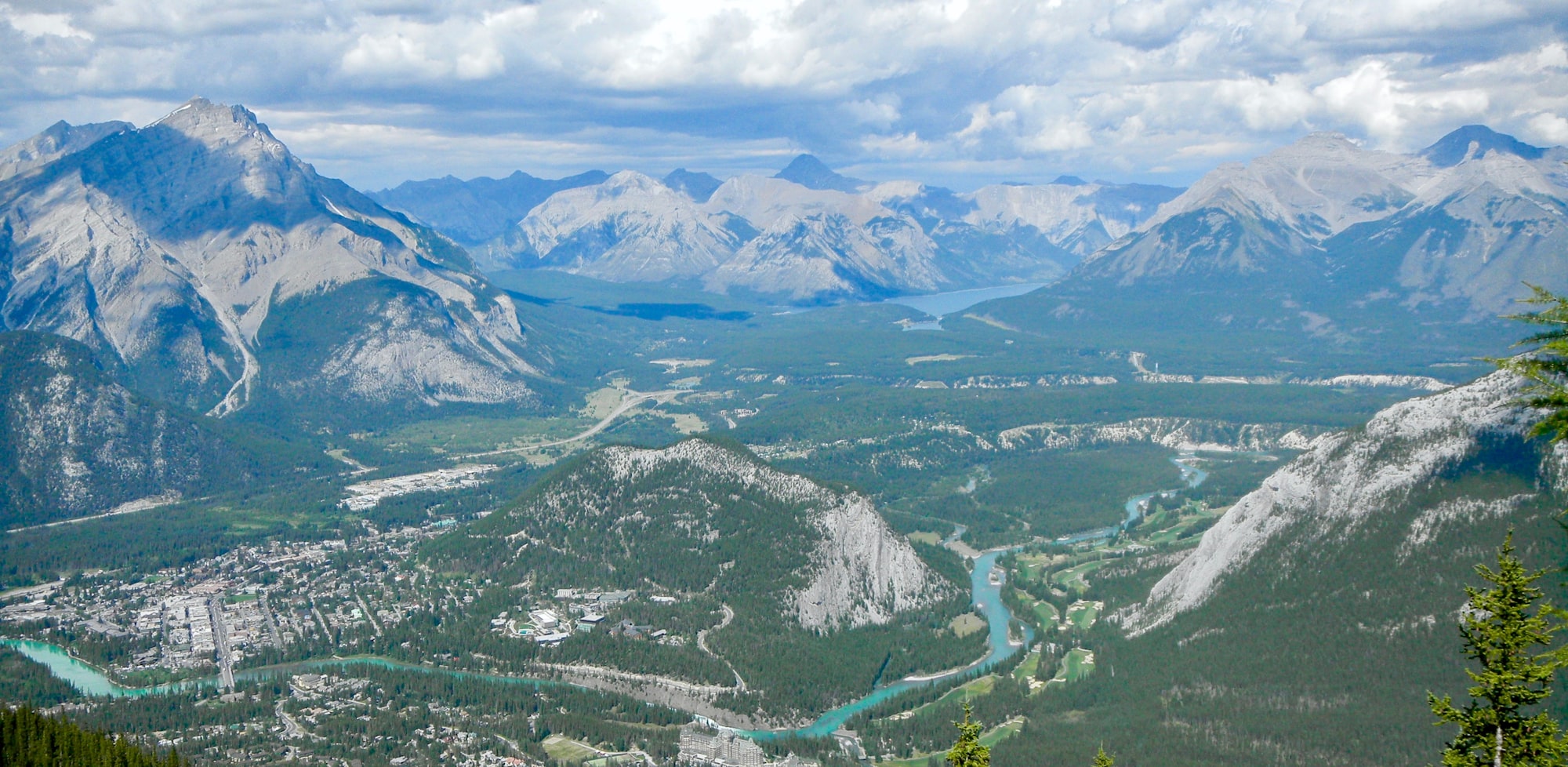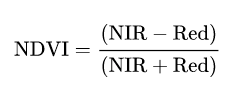NDVI(BOA) vs. NDVI(TOA)

The normalized vegetation index (NDVI) is a remote sensing measure that describes the difference between visible and near-infrared reflectance and can be used to estimate the density of green vegetation on land. NDVI is defined by the formula

where red and NIR stand for the spectral reflectance measurements acquired in the red (visible) and near-infrared regions, respectively.

NDVI can be calculated for any data that includes measurements for NIR and red reflectance. The Sentinel-2 satellite constellation operated by the European Space Agency provides these reflectance values in 10 m spatial resolution. More precisely, the data is provided in both Top-of-atmosphere (TOA) and Bottom-of-atmosphere (BOA) modes. The TOA reflectance values represent the "raw" reflectance of the Earth as measured from space. This is a mix of light reflected off the surface of the Earth and off the atmosphere. BOA in turn represents the actual reflectance of the areas on the surface of the Earth. The BOA values are calculated from the TOA values by using a physical model (Sen2Cor tool for Sentinel-2), with an attempt to eliminate the effect of the atmosphere on the reflectance values.
The following example illustrates the effect of atmospheric correction on the NDVI values. We compared the NDVI values of a Sentinel-2 TOA image to the corresponding NDVI values of a BOA image.

By looking at Figure 2 we see that NDVI(BOA) is greater than NDVI(TOA) except for the smallest values of NDVI. This is due to the fact that the atmosphere is "blue", that is, the effect of the atmosphere is greatest in the short wavelengths of the electromagnetic spectrum. Moreover, near infrared reflectance is less affected by the atmosphere than visible light. Basically the atmospheric correction decreases the red reflectance more than the NIR reflectance and this explains the increase in the NDVI values, as can be seen by studying the original NDVI formula.

